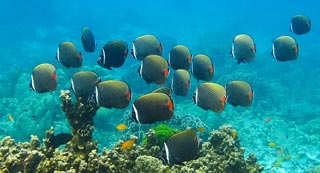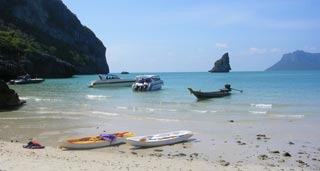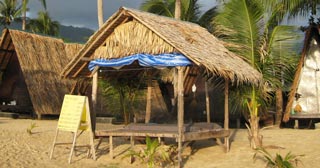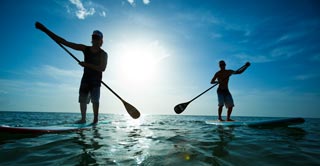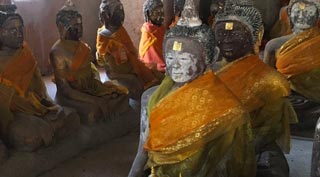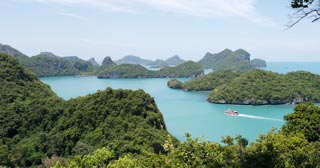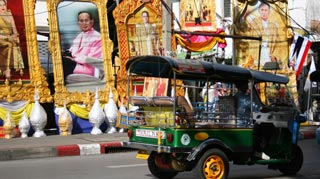Ko Samui
Why Go
Famous for the splendour of its glorious white sand beaches, many of which are protected by coral reefs, the island has great natural beauty. Palm trees dot the coastline, with the inland granite heart covered in tropical rainforest and picturesque plantations of coconut and fruit farms. While Samui has more areas suitable for families than its two nearby island counterparts, there is still something for everybody. The party beaches of Chaweng and Lamai line the east coast, and along the north shore, the beaches of Mae Nam and Bang Po have some classic backpacker joints. There are also many other relaxed beaches scattered around the island, including some great places for those looking to get away from it all. There’s also plenty to see and do from water sports, to yoga and meditation at one of its world-renowned centres, to Muay Thai boxing matches.
Why Not
Sadly, uncontrolled development in recent years has taken its toll on the popular beaches of Chaweng and Lamai, and the beach in the central area of Chaweng is now totally obscured from the road by tourist developments. The whole area tends to suffer from overcrowding during the high season and has a package holiday feel (especially popular with Russians). But there is a lot more to Koh Samui than just Chaweng beach.
To See
Samui is a great place to get on a motorbike and explore the island's interior, with its beautiful waterfalls and fascinating temples providing great destinations to head for, but half the fun is just in the journey. The locals are friendly if you need to ask for directions, and the island is big enough for an adventure, but not large enough to get too lost! The weather can break into a downpour at any point, so ensure you have something waterproof to protect your valuables! As far as water activities are concerned, swimming off most of the beaches is quite safe, including for kids. The nearby Ang Thong Marine Park with its hidden lagoons and coral reefs is a kayaking and snorkelling paradise. Scuba divers can find some of the finest offshore dive spots in the world, and then there's SUP (stand up paddling) and kiteboarding, both of which are very popular here. The offshore coastal views are breathtaking. Looking out in a northerly direction across the azure-blue Gulf of Thailand, you will see the nearby Koh Pha Ngan; look to the north-west and you will see the fabulous Chumphon Archipelago of over 40 (mostly uninhabited) islands, which together form the Ang Thong National Marine Park. And let's not forget Ko Samui's legendary sunsets.
When To Go
The peak/dry season is from end of Dec to Feb, with temperatures average around 29°C, rising to around 32°C Apr to Sep. The dry months have little rain, light winds and calm seas. Accommodation prices are also higher. Samui is hot and humid all year round, with monsoon starting in Oct, the heaviest rain in Nov, tailing off in Dec. Monsoon also brings strong winds and rough seas, although boat services usually continue. Tides are high Oct-Mar, meaning easier for swimming and snorkelling. Tides are low during the day Apr-Sep, meaning wider beaches for sunbathing.
How Long
There’s plenty of things to see and do as well as relax and party. Although many backpackers only stay a night or so here before heading to Ko Tao.
To Know
Little did the early backpackers, who first discovered Samui's glorious tropical beaches back in the 1970's, ever dream that an island with no roads and zero infrastructure would develop into the tourist haven it has become today. Thailand's third largest island has progressed from being a largely unknown and isolated island community, into a glorious tropical holiday resort of international fame in the space of little more than thirty years, with more than 1 million tourists annually.
Ko Samui
Ko Samui












